If your property lacks color and pizazz when fall rolls around, then you need to consider growing asters!
When other flowering annuals and perennials have started to fade, asters step in and really steal the show! With their star-shaped blooms that resemble small daisies, they are perfect for adding to your typical fall displays.
In fact, the shorter daylight hours of fall are what really causes asters to start to produce their colorful blooms. The cooler months of August, September, and October are when this perennial gets to thrive.
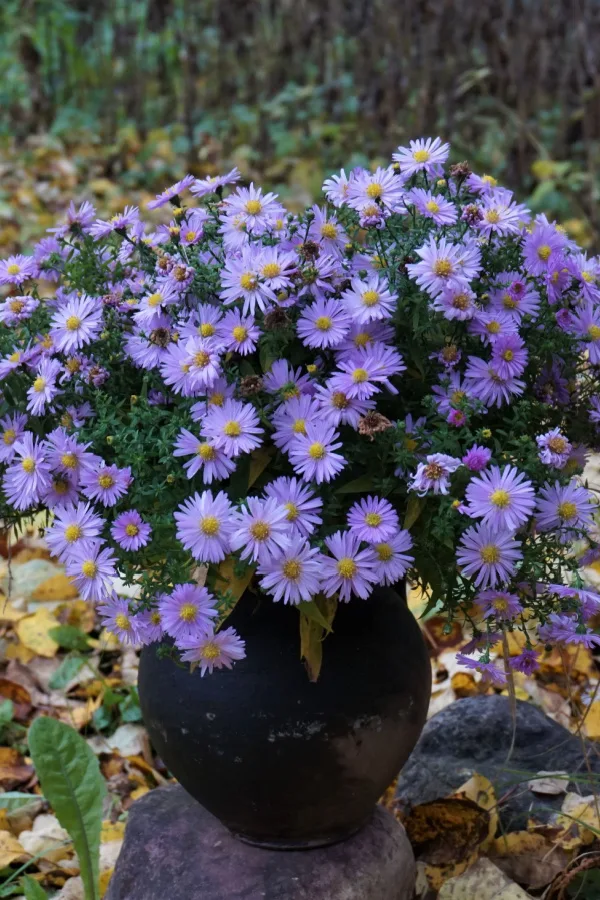
You can often find asters for sale in garden centers and home stores in the spring for planting and also in fall flower displays once August rolls around. In the fall, they are usually displayed right there with ornamental cabbages, chrysanthemums, sedum, pumpkins, and ornamental grasses.
Unlike some of these seasonal items, asters aren’t just a great addition to this year’s fall display. They can also be overwintered for year after year of stunning displays once established! Read on to find out how to plant, grow, and maintain this low-maintenance autumn favorite.
Varieties of Asters – Growing Asters
There are hundreds of different species of asters and many more different hybrids. Most varieties are grouped into two main categories: New York asters and New England asters – both of which are native to North America.
New York asters are typically shorter and grow to be around two feet tall. They feature thinner stems and smoother leaves. They bloom in the fall and their petals range in color from purple, blue, white, and pink.
New England asters are the tallest of the two types. Most grow up to be around 3 to 4 feet tall. They have woody, thicker stems with dense blooms. They bloom in the late summer and early fall, and their bloom colors range from purple, blue, white, pink, red, and orange.
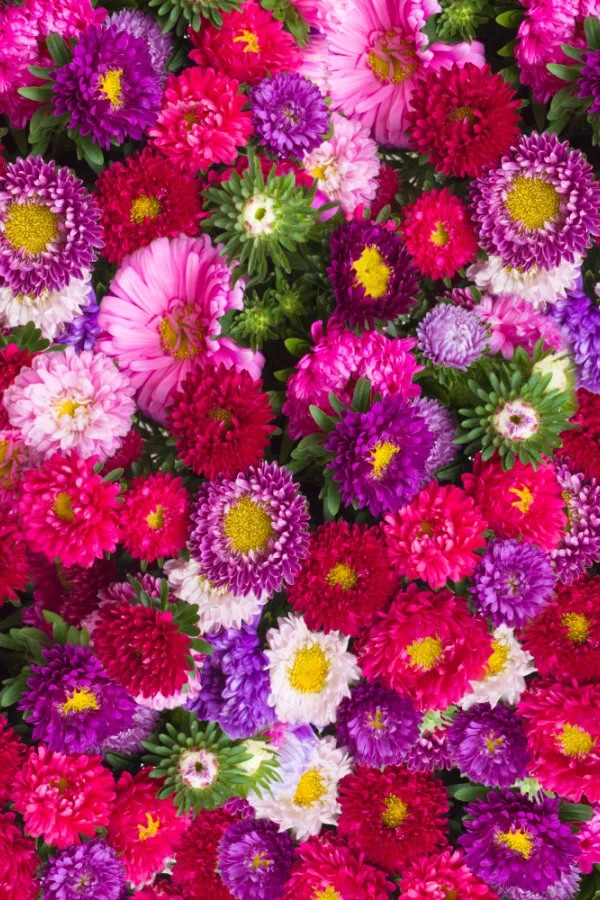
Depending on the variety, plants that are taller need to be staked while others might feature more mounding and compacted growth patterns. Be sure to choose a growth habit that will work well depending on your location and weather habits.
No matter which variety you choose, they will be a great addition to any flowerbed or porch display – that’s for sure!
How To Plant, Grow, And Maintain Asters
While asters can be planted directly in your flowerbeds or garden spaces, they also grow great in containers as well. Be sure to use high-quality potting soil that drains well and keeps the soil evenly moist.
Growing asters in containers is a great way to add fall color to your deck space or other sunny location.
Soil Requirements for Asters
Asters need soil that is loamy and drains well. They often will suffer from root rot if your soil has standing water, so choose a location where the soil drains soon after watering or receiving rain.
If your soil is dense like clay, then you will want to amend it with plenty of compost and other organic matter. On the other hand, you also want to avoid soils that are too loose with lots of sand.
Aim for a soil pH of around 5.8 to 6.5 for best results. Amending your soil with compost will help to neutralize overly alkaline soils. For planting in containers, use well-draining potting soil.
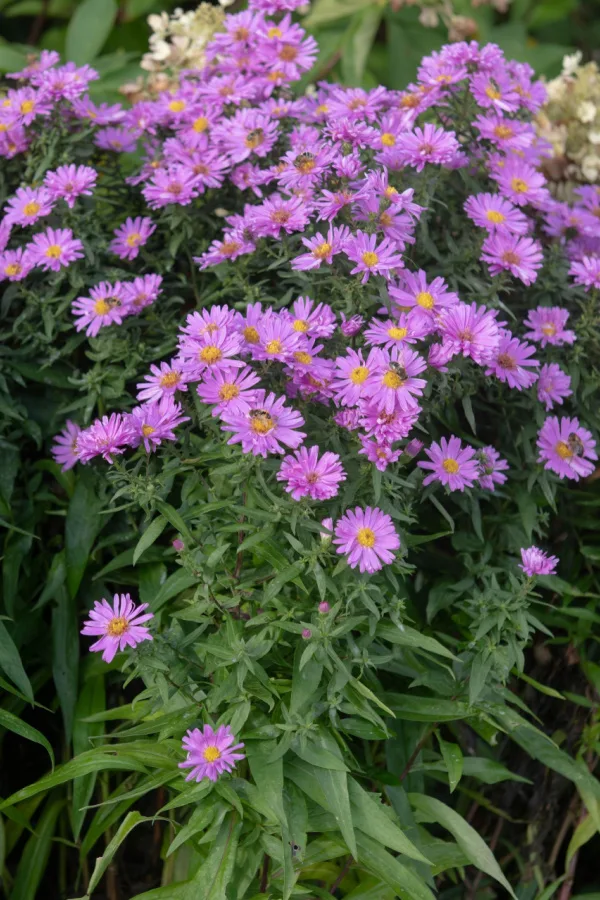
Planting Asters
You may choose to plant asters as seeds in the spring, but they take several years before they are mature and become established. Instead, most growers opt for picking up plants at nurseries or local garden centers.
Another way to start asters is by dividing already established plants. More on this below.
Planting Transplants
Choose a location that receives full sun. While asters can grow in partial shade, the plants will likely end up thin and spindly with few blooms. For transplanting young plants, choose healthy, vibrant plants from your garden centers in mid to late spring.
Loosen the soil in the growing spot about 4 to 5 inches deeper and about an inch wider than the rootball of your transplant. Add a few inches of compost if needed to help amend the soil and to give the young plants a head start at becoming established.
Place your aster into the hole and backfill with soil. Waterwell and often until the plants are well established. Space additional asters about 1 to 3 feet apart. The actual spacing will depend on which variety you are growing, so be sure to read the plant’s informational tag.
Long-Term Care – How To Grow and Maintain Asters
Watering
Once your asters are established, they need around one inch of hand watering or rainwater each week. Be sure to water early in the morning to give plants a chance to dry out throughout the day, especially during the shorter daylight hours of and cooler nights of fall.
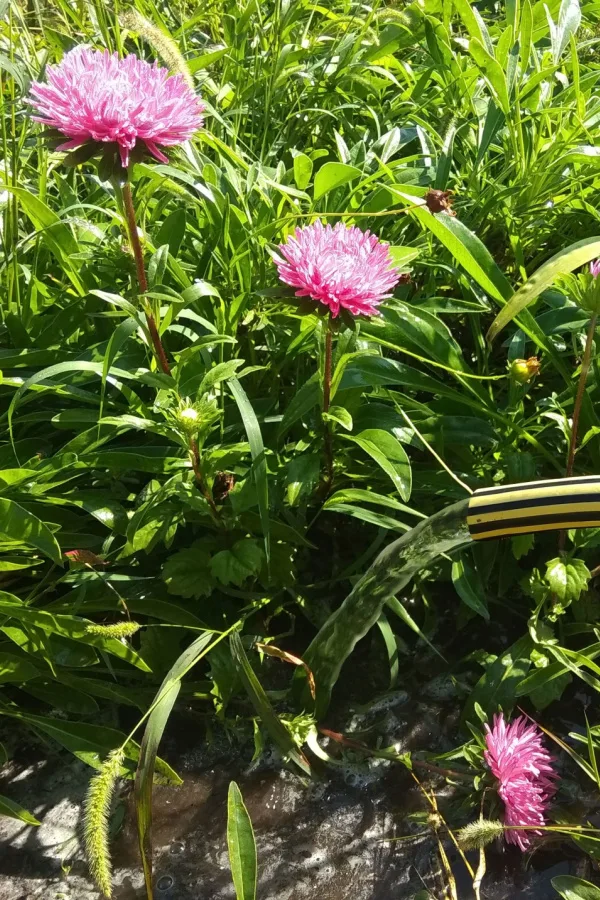
Also, make sure to water asters at their base as opposed to overhead. Watering overhead can cause issues with powdery mildew and rust.
Mulching
Since asters like to be in moist soil, using natural mulch can help the soil retain moisture without the chance of overwatering. As an added bonus, using mulch will help prevent unwanted weeds as well.
Place several inches of mulch around each plant, being sure to avoid having the mulch actually touch the stems of the plants. Straw, shredded leaves, and wood chips all work well as natural mulches.
Fertilizing
Starting in the spring, you can use an all-purpose fertilizer once or twice a month to help feed the asters. Continue fertilizing until they have started to bloom. This is usually around August, but the timing will vary depending on which aster variety you are growing.
Deadheading & Cuttings
It does help aster plants if you deadhead old and spent blooms. This allows the plant to put its energy toward creating new blooms. Simply use a sharp and clean pair of pruning shears and clip off the blooms where they attach to the stem.
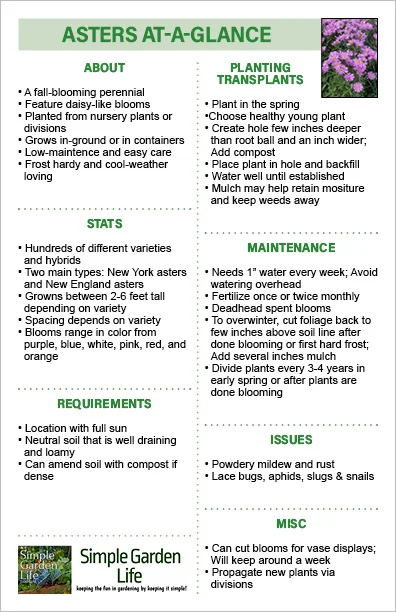
You can also choose to cut off the flowers right before they are at their fullest to display as cut blooms. Include several inches of stem so the blooms can stand up in a vase or water container. The blooms should last around a week.
Pests & Issues
Similarly to many plants and flowers, the main issue with asters is powdery mildew. Be sure to space plants properly to allow for good airflow. Also, be sure to water plants at their base as opposed to overhead whenever possible.
Also, be on the lookout for rust. This is another plant issue that occurs because of improper airflow as well as overhead watering.
Lace bugs are about the only pest that seems to be an issue with aster plants. However, be on the lookout for typical pests like aphids, slugs, and snails.
Propagating – Growing Asters
Asters are easy to propagate and turn into even more plants. It’s also a great way to start new plants as opposed to purchasing new plants or planting seeds and waiting several years.
The best way to propagate is by dividing plants every couple of years. This should be done regardless of creating new plants every 3 to 4 years to help keep your growing location tidy and keep plants from spreading out too much.
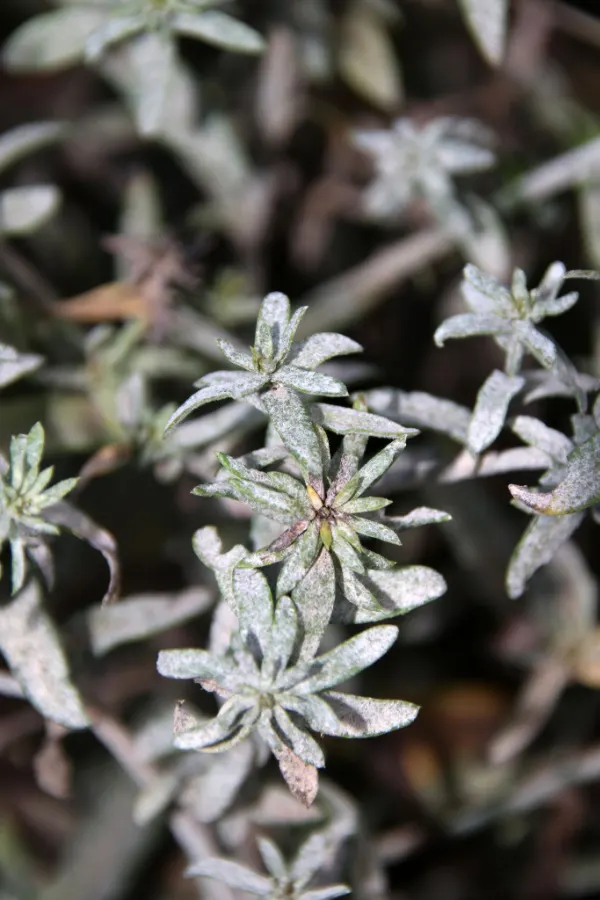
Divide plants in late fall or early spring. This allows plants to become established before they need to start blooming in early fall.
Dig up the established plant’s root ball with a shovel or garden trowel. Use a sharp knife, spade, or Hori Hori knife to divide the root ball into smaller clumps. Remove the center part of the aster plant that is woody and overly tough.
Plant the new divisions at the same level as they previously were and water well. Keep the soil moist until the plants become established. You should start to see new growth in no time at all. These new divisions should be able to bloom their first fall after planting.
Overwintering – Growing Asters For Years To Come
Unlike sensitive plants like coleus, asters are frost-hardy and can withstand close to freezing temperatures. However, you do need to take a few steps to prepare them for winter.
After your asters have finished blooming, it’s time to get them ready for winter. Water the plants well with about 2 inches of water a few weeks before your first expected freeze (First Fall Frost Date).
Once you do get your first frost, you can then cut the plants down to a few inches above the soil line. Heavily mulch with several inches of shredded leaves, straw, or other natural mulch products to help protect their roots during the harsh winter weather.
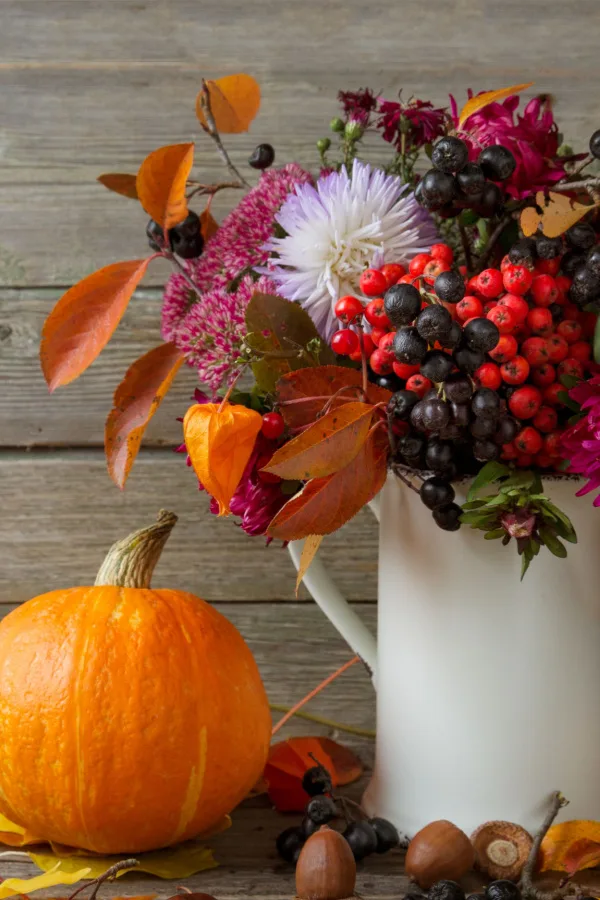
Once spring rolls around again and the threat of frost has passed, you can either remove the mulch or thin it out some to allow plants to grow through as the weather warms.
You can choose to leave some seed heads on the plants to help feed winter birds if you prefer. The dead blooms may add some winter visual interest to your garden or flowerbed space.
To Conclude…
With these simple tips, you’ll be able to enjoy stunning natural fall displays in your own backyard – No pumpkins needed!
Feel free to download, print out, or save our Aster At-A-Glance sheet. It is sized for half letter printing but can be scaled if needed.
